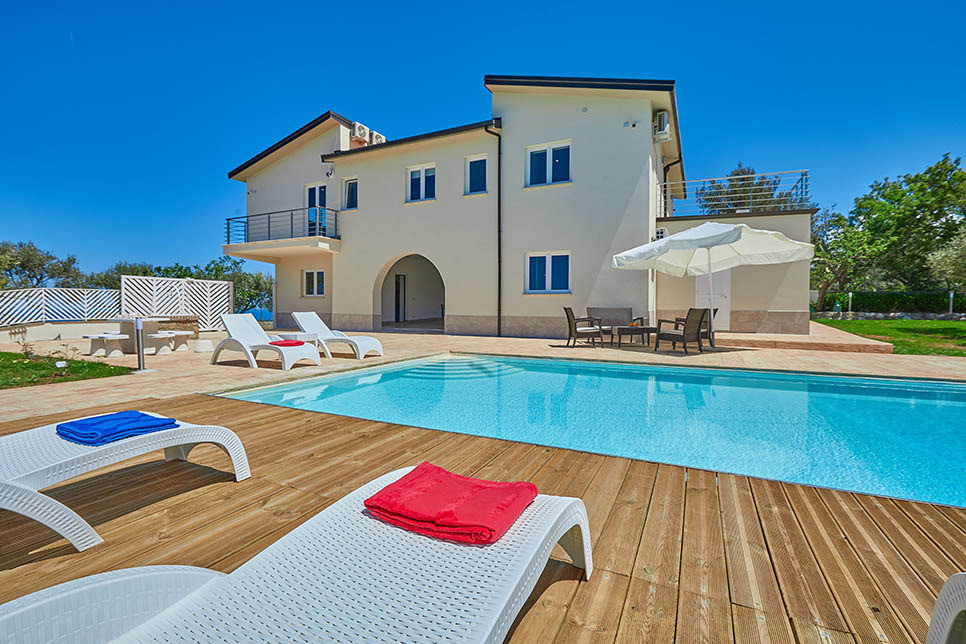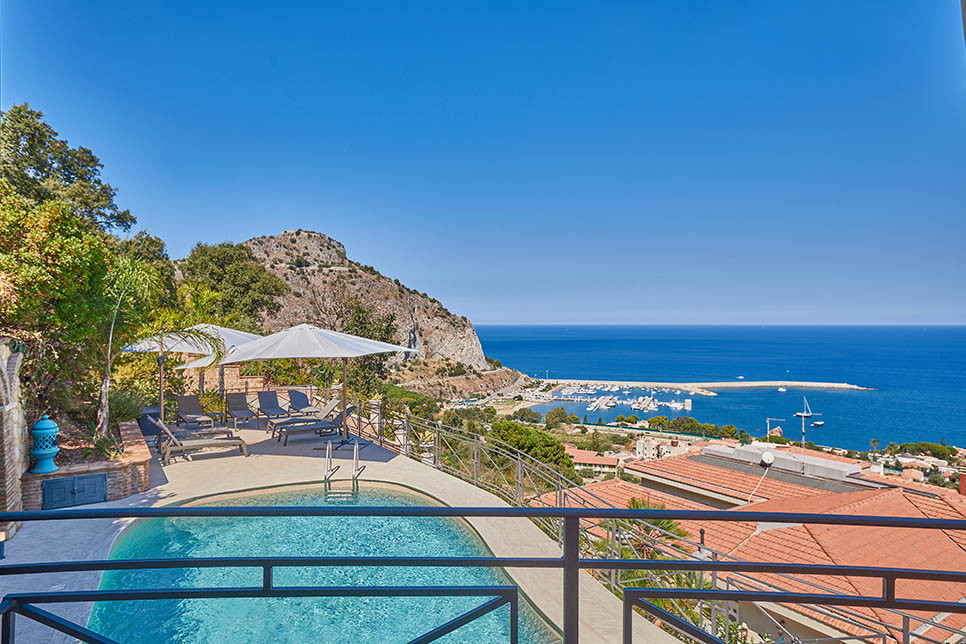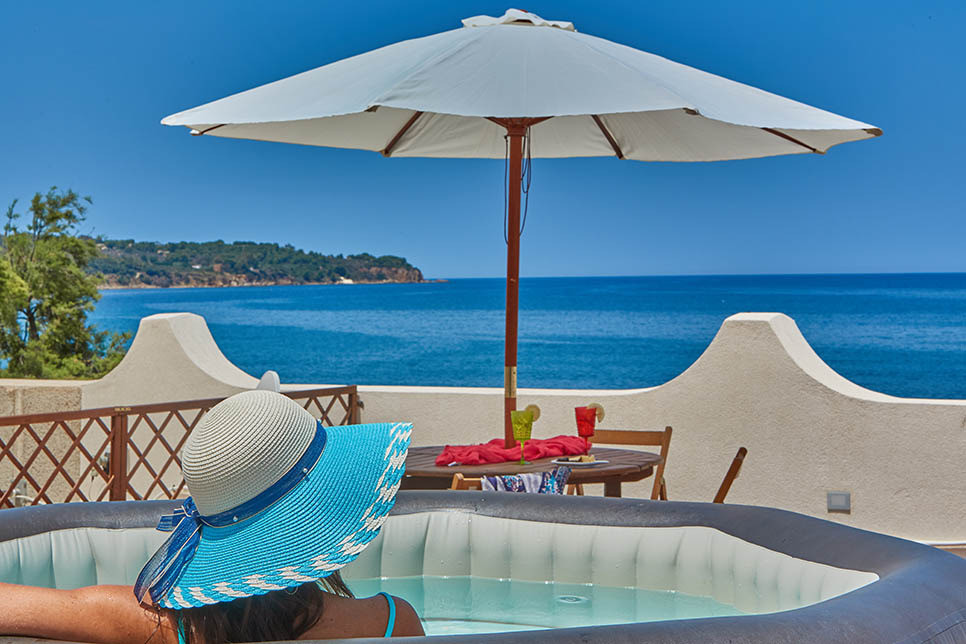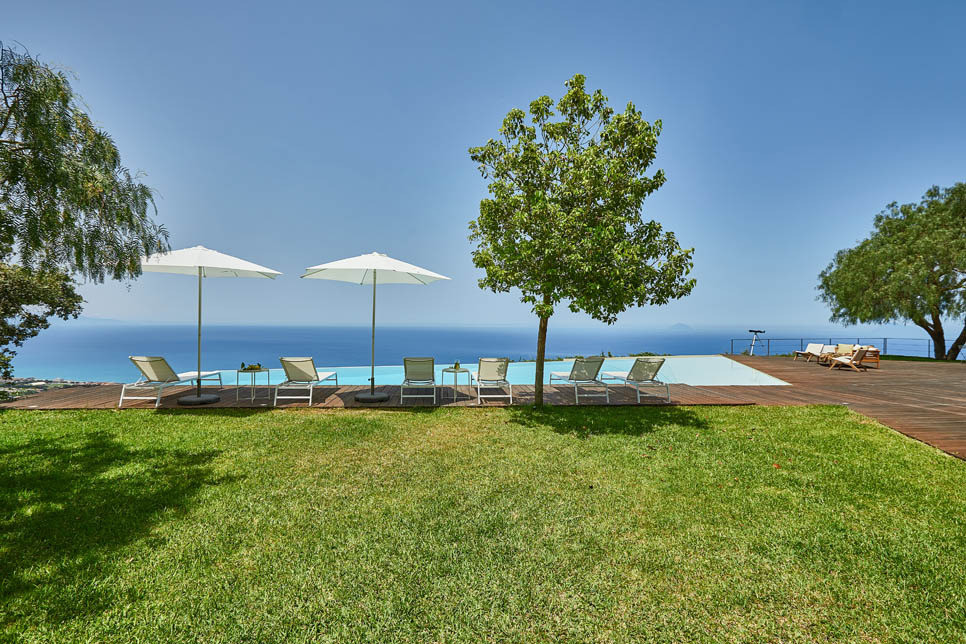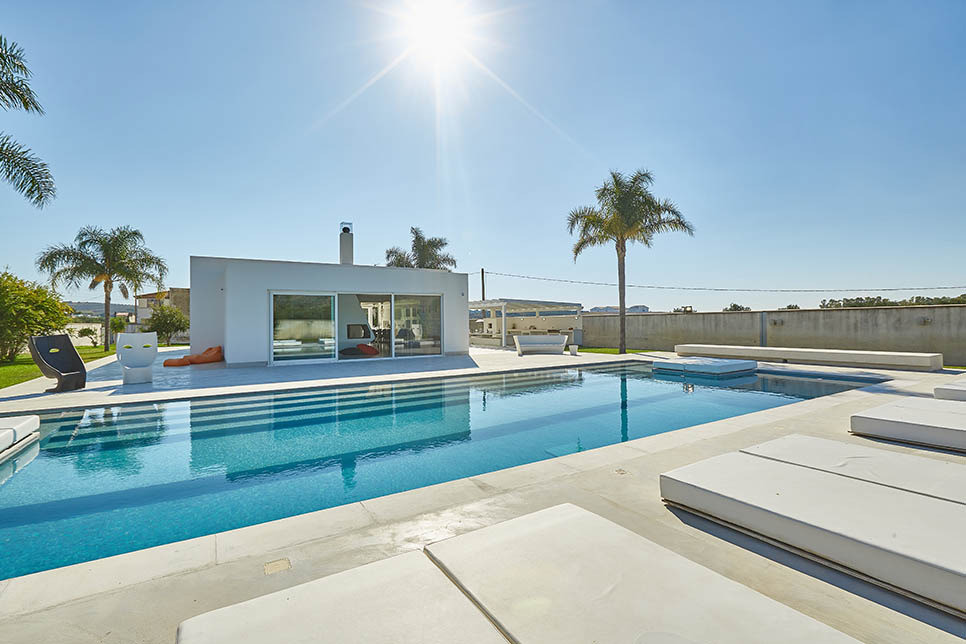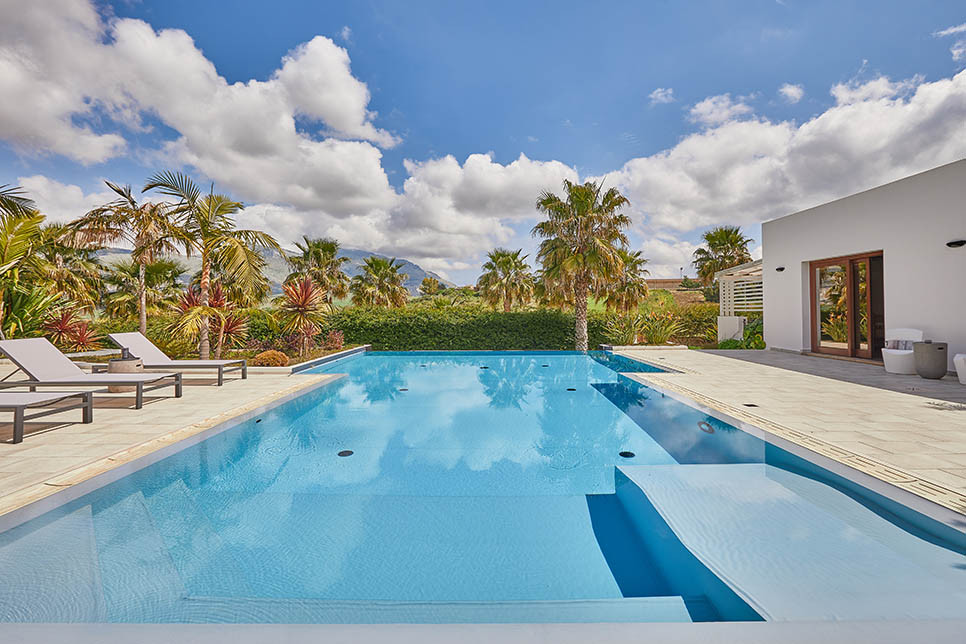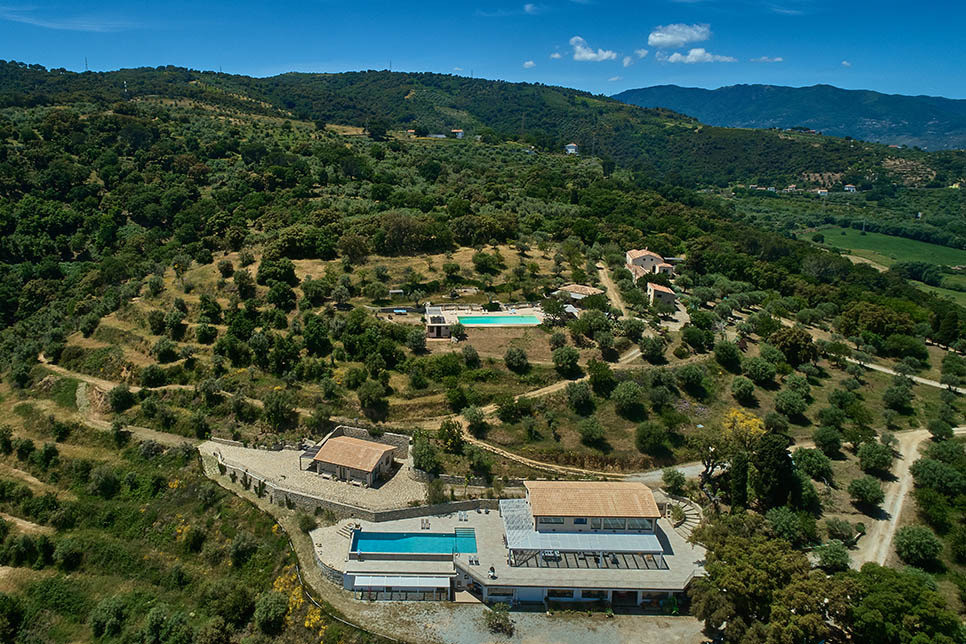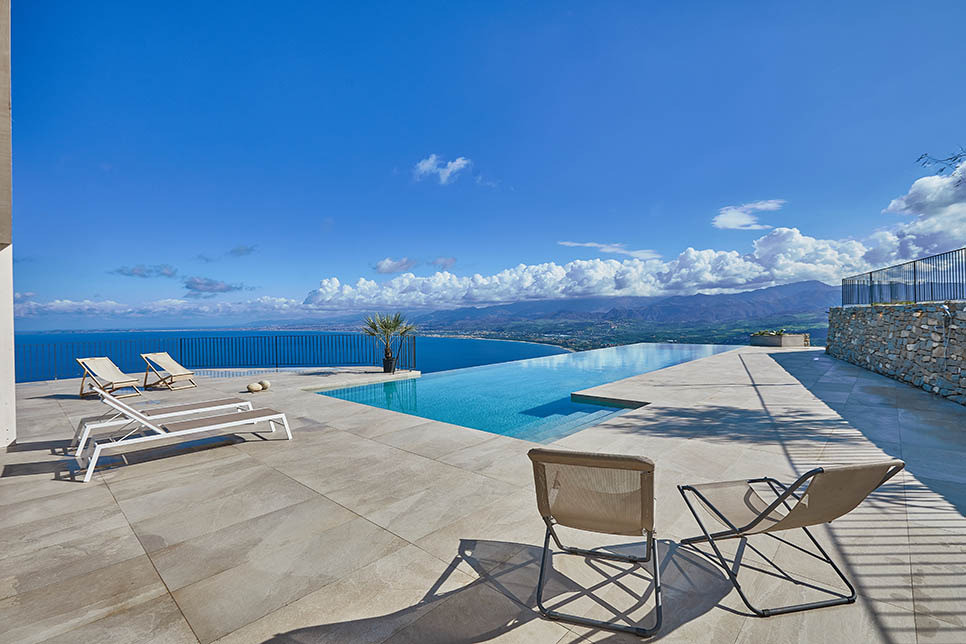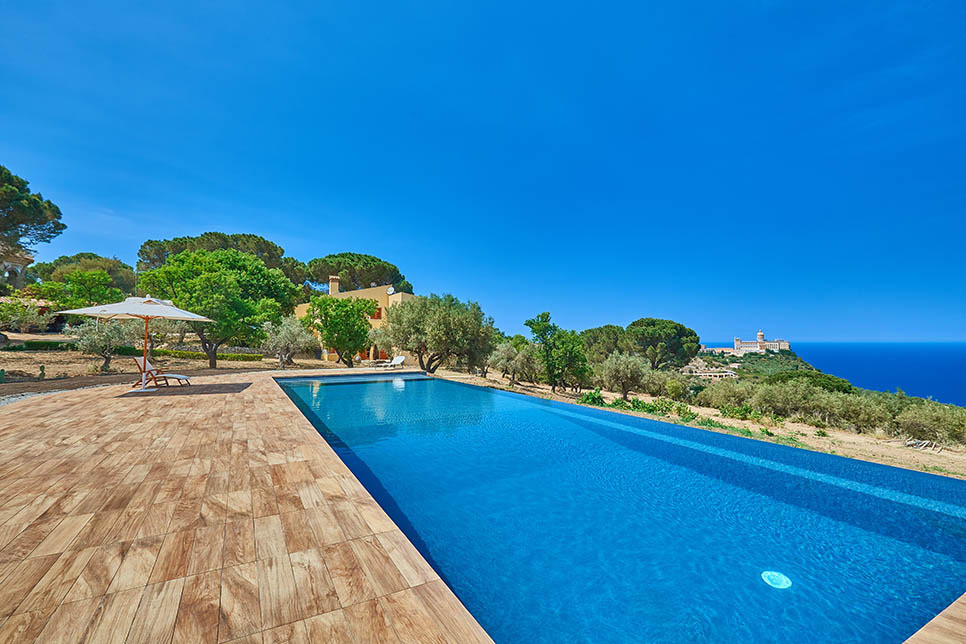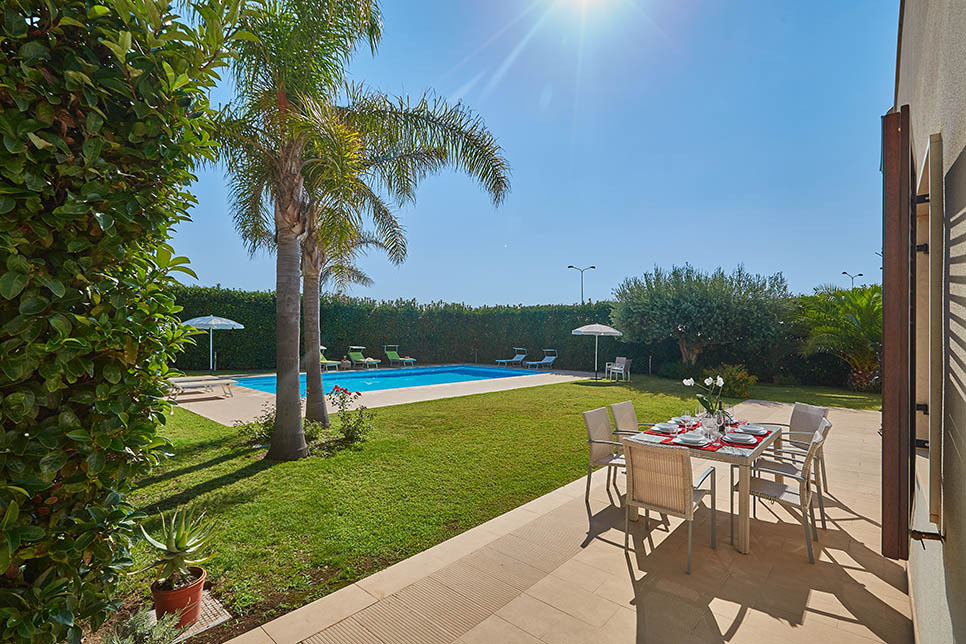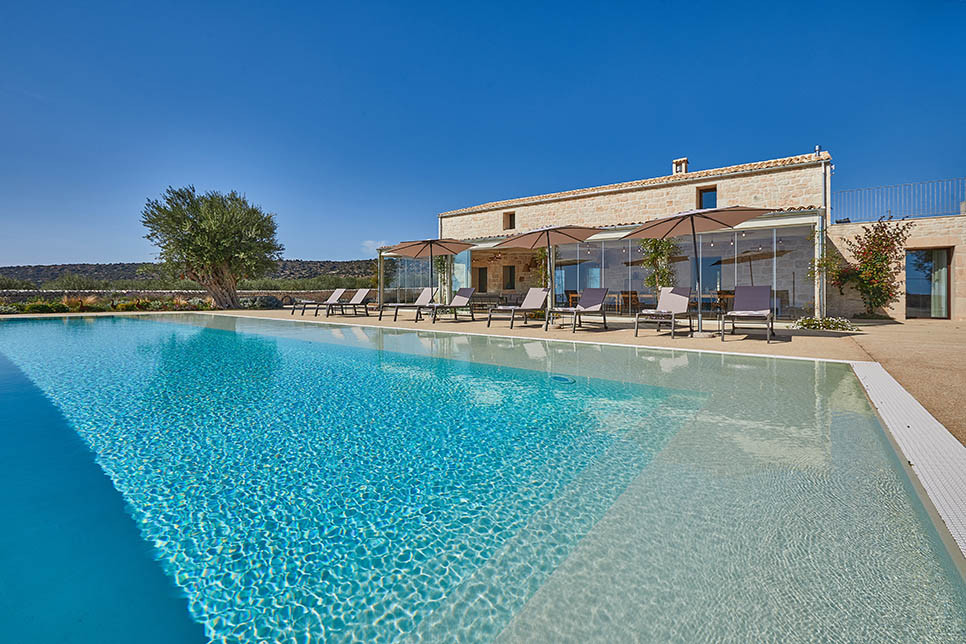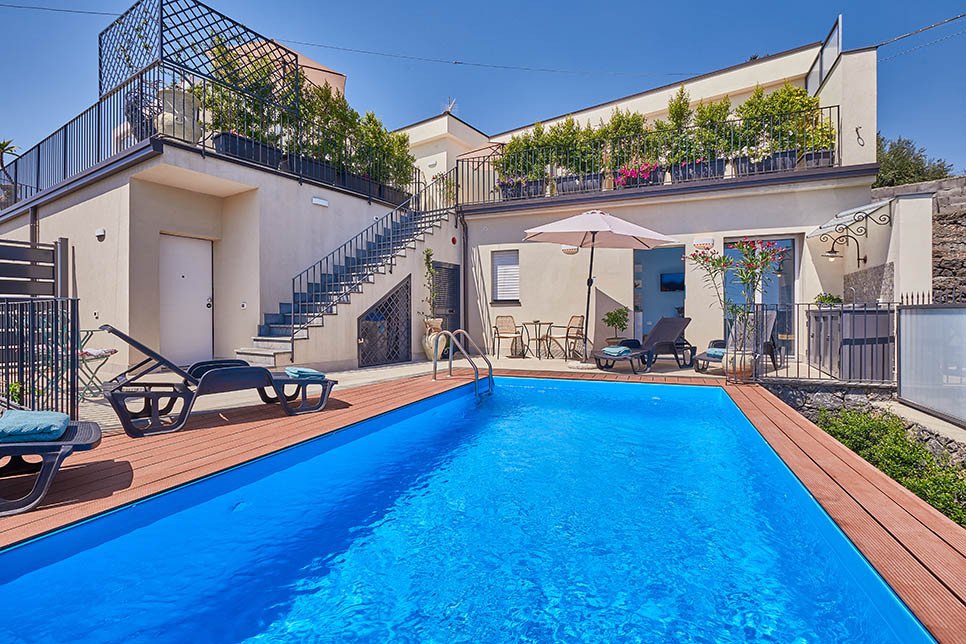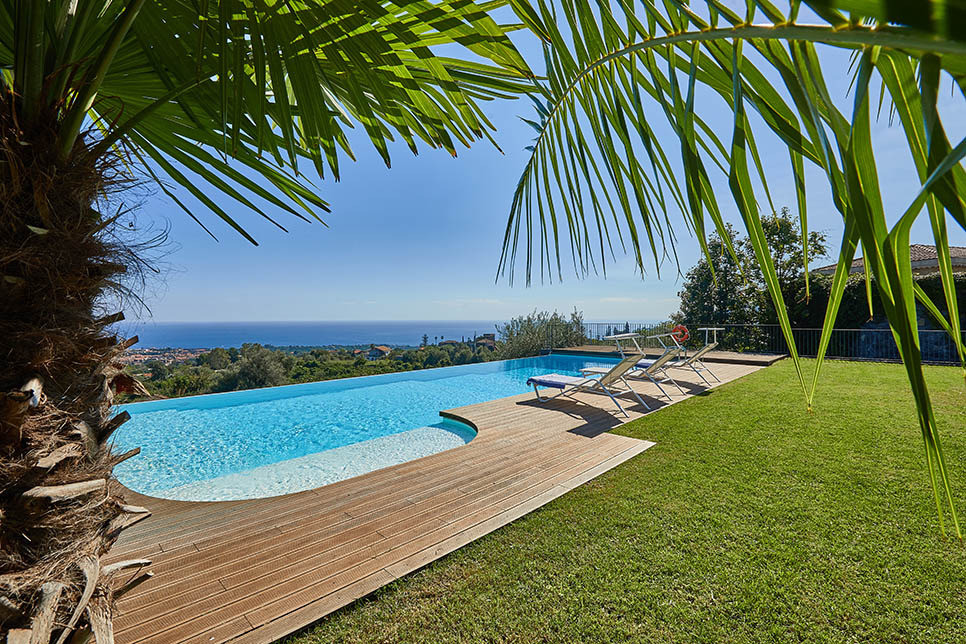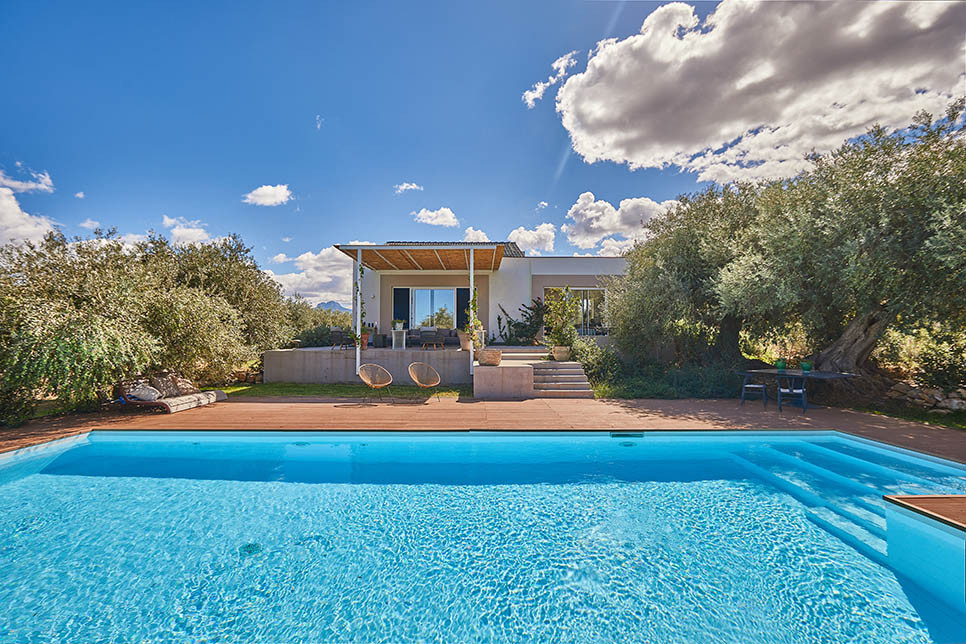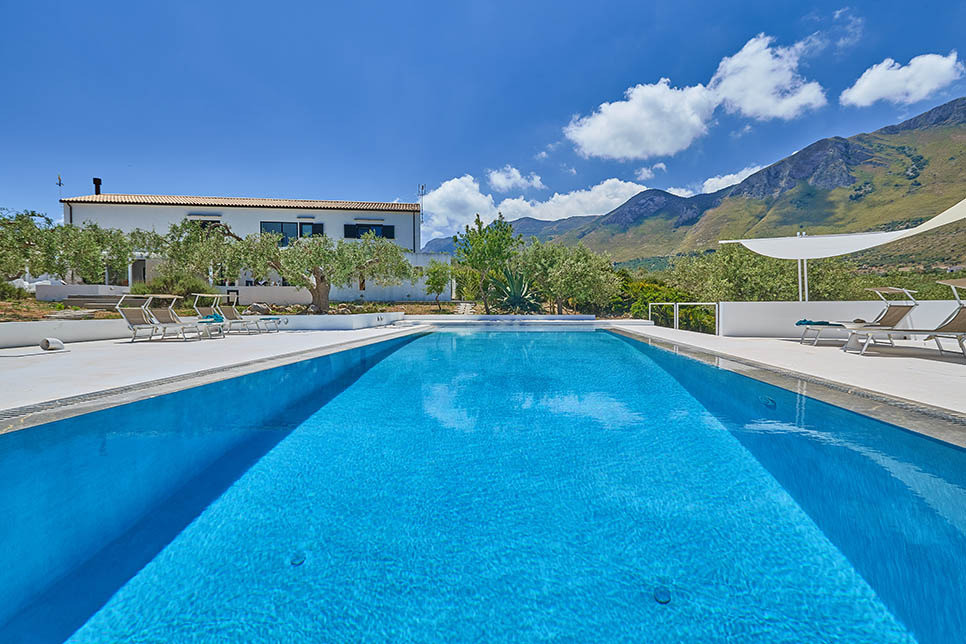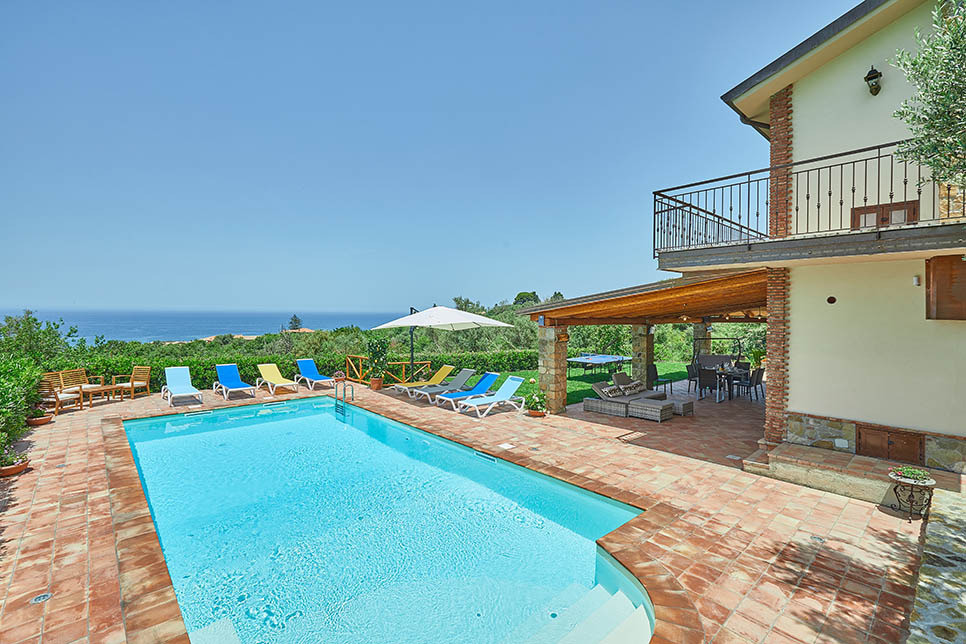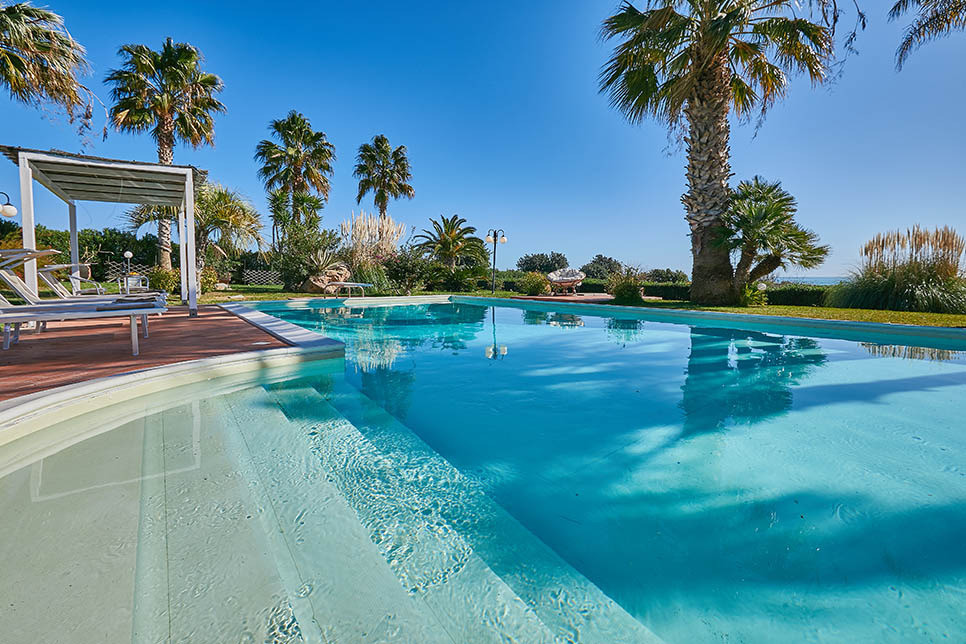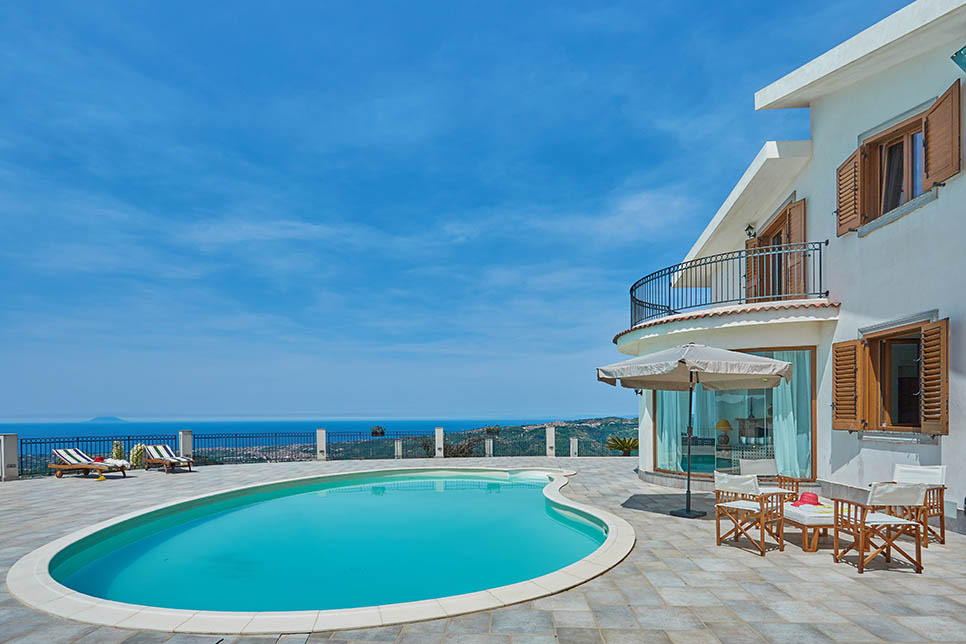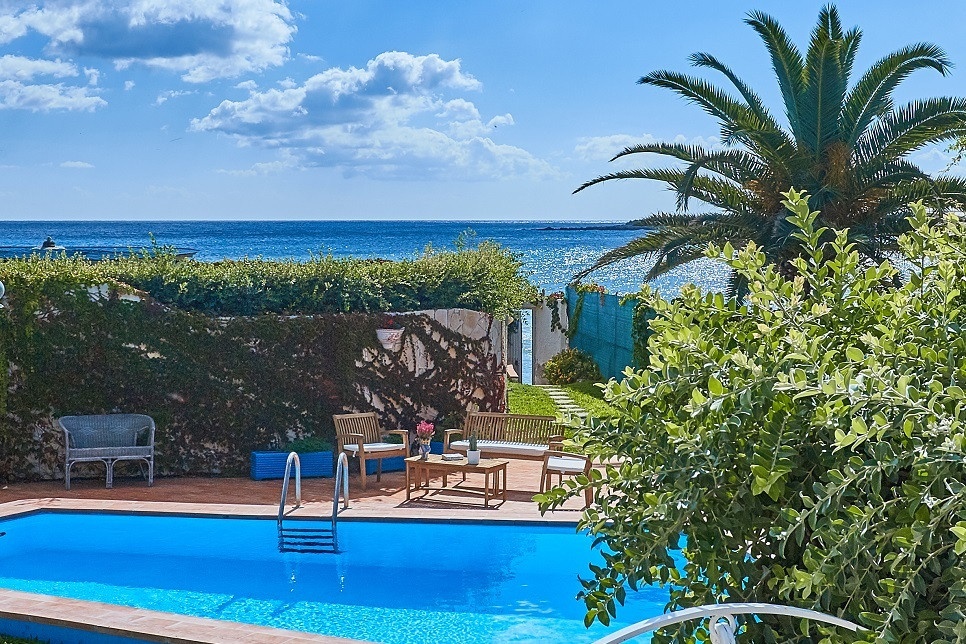Villas in Sicily with cookery classes
Learn the secrets of Sicilian cooking in a group or private lesson
Holiday lettings in Sicily with cookery classes
Choose a villa where you can learn the secrets of Sicilian cooking in a group or private lesson.
Tempted by the idea of whipping up an authentic Italian pizza or pasta dish? Or maybe just a platter of classic cannoli siciliani to round off a meal? We have teamed up with local chefs in several areas to offer a selection of cookery classes guaranteed to boost your popularity amongst your fellow villa guests! Aimed at anyone with an interest in cooking, these courses are as much about the experience as the learning process – and of course you get to eat the end product!
Pizza and pastry-making in Catania, learning how to make street food in Syracuse and cookery classes with market visits in Taormina and Palermo are just some of the options available. For something a little more unusual, there are cooking classes in extraordinary places – in a museum of modern art, a wine resort or a Benedictine monastery.
If you prefer a more bespoke programme, there’s the option of participating in a private cookery lesson (minimum 2 people) with a local chef who will help you choose your menu and guide you through the basics of preparing anything from Sicilian caponata to classic stuffed sardines and cassata.
A large selection of cookery classes is available to guests staying at any of the following villas.
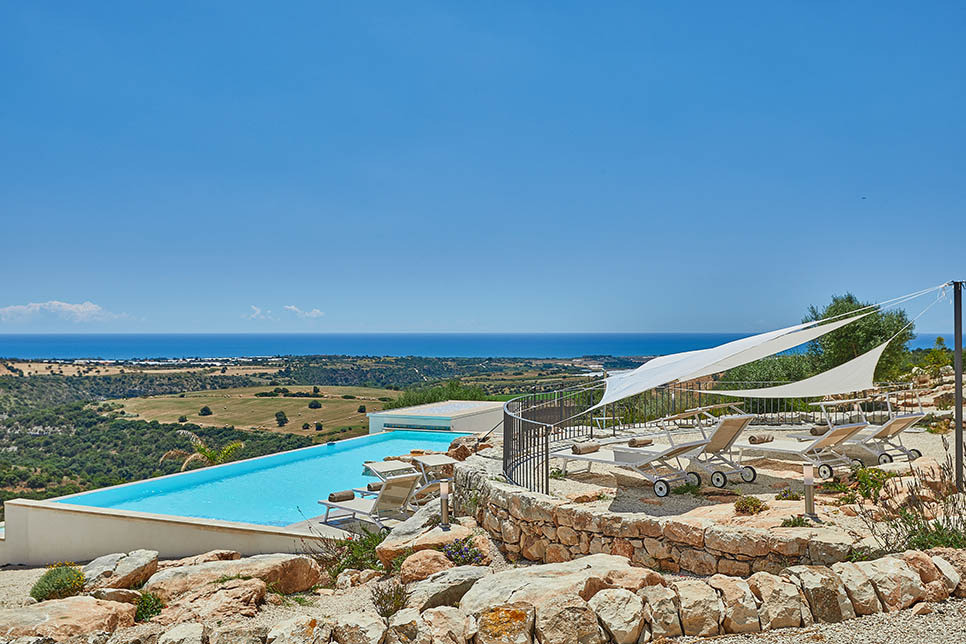
Rocca Di Pietra
location_on Ragusa (Ragusa)20 of 33 Villas in Sicily with cookery classes
Show more